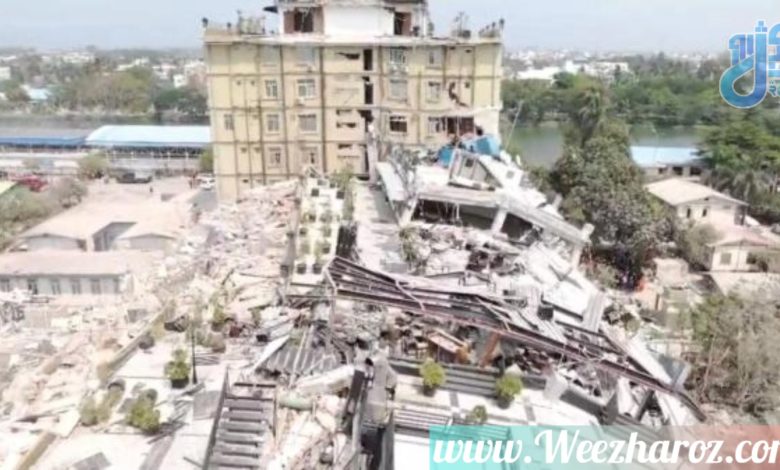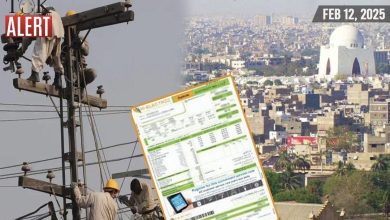Myanmar in the Grip of Earthquake and Crisis, Death Toll Exceeds 3,000
A powerful earthquake measuring 7.7 magnitude struck the Sagain region in northwest Myanmar on Friday, March 28, 2025 (8th of Hamal, 1404). The epicenter was recorded at a depth of 10 kilometers near Mandalay, Myanmar's second-largest city.

WeezhaRoz-Kabul-As of April 3, 2025, the death toll has reached 3,085, with 4,715 people injured and 341 still missing. The number of casualties is expected to rise as search operations continue.
International agencies predict that the death toll could rise to as high as 10,000.
Mandalay and Naypyidaw (the capital) suffered the most damage, with hospitals, universities, roads, and bridges collapsing.
Previous internal conflicts and international sanctions have made access to rural areas difficult.
Widespread power outages and communication disruptions have hindered the coordination of rescue efforts.
In Thailand, the collapse of a 30-story tower in Bangkok resulted in 18 deaths and the entrapment of dozens of workers.
Tremors were also felt in southern China.
Seventeen countries, including China, Russia, South Korea, and the United States, have rushed to Myanmar with 1,000 tons of medical supplies, rescue teams, and financial aid.
The United Nations and the Red Cross have accelerated relief operations, allocating $113 million to support 100,000 people.
The destruction of Mandalay airport and main roads has delayed aid distribution. High temperatures and the onset of the monsoon season have worsened conditions for survivors.
*Strategic Analysis: Why Was This Earthquake Devastating?
1.Shallow Depth: The earthquake occurred at a depth of just 6 miles, increasing its destructive power.
2.Geographical Location: Myanmar lies on the Sagaing Fault, one of the most seismically active regions in the world.
3.Structural Weakness: Buildings in impoverished areas lacked earthquake-resistant standards.
4.Political Crisis: The military government since 2021 and ongoing civil war have reduced the capacity to respond to crises.
The Myanmar earthquake is not just a natural disaster but a test for international cooperation amidst sanctions and political instability.
While global aid brings hope for saving lives, sustainable recovery requires an end to internal conflicts and investments in resilient infrastructure.
This event underscores how natural disasters can bridge the gap between humanitarian crises and global solutions.
Weezharoz




